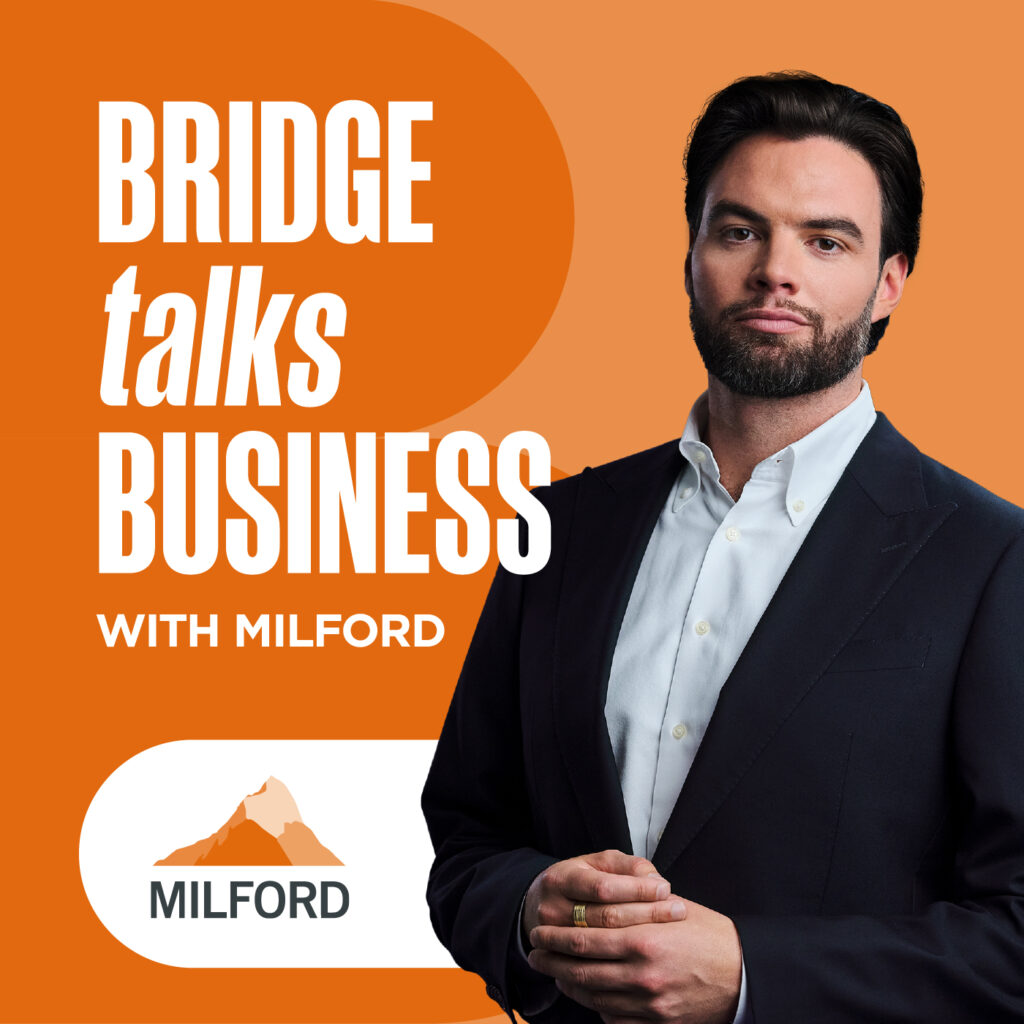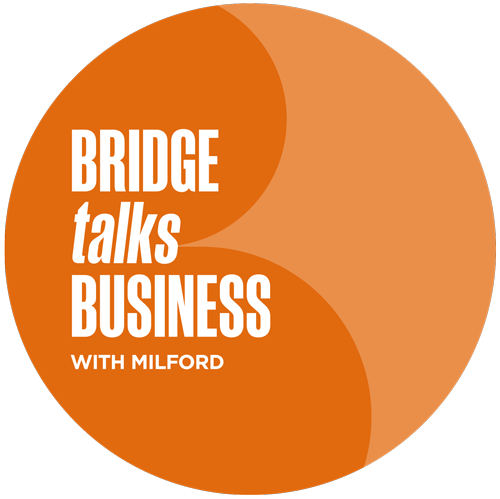Nothing stops this train Milford funds continue to deliver solid...
Read More

Bridge talks Business with Milford

OnTrack with Milford

New to Investing
Nothing stops this train Milford funds continue to deliver solid...
Read MoreArthur J Gallagher (AJG) is a US-listed insurance and risk...
Read MoreEmotions play a big part in our decision making –...
Read MoreIf you have KiwiSaver, a “side-car investment” could provide some...
Read MoreIs it a good idea to have an investment fund...
Read MoreEmotions play a big part in our decision making –...
Read MoreAround 40% of New Zealanders solely rely on NZ Super...
Read MoreThe US economy is the spotlight, with conflicting data making...
Read MoreIf you have KiwiSaver, a “side-car investment” could provide some...
Read More